IT consulting and tech support blog
New River Computing featured in the Burgs
Published February 17, 2013

New River Computing was recently featured in The Burgs section of The Roanoke Times. NRC's Jeff Wynn and Hansen Ball were interviewed by Roanoke Times reporter Travis Williams to get some background about New River Computing's past, present, and future. The Q&A covers the beginnings of NRC, the company's commitment to serving the community, and the keys to the business' success. Wynn and Ball… Read more
Microsoft Report: Most Common Malware on Operating Systems
Published February 17, 2013

It’s a commonly held opinion among IT professionals that the reason Windows is so prone to virus and malware attacks is due to its popularity. Windows powers approximately 87% of the world’s computers. While this is true, Windows’ vulnerabilities can be attributed to more than just the operating system’s popularity. Windows attacks have a lot to do with the basic architecture of the… Read more
Ransomware attacks appear to be getting worse
Published January 22, 2013
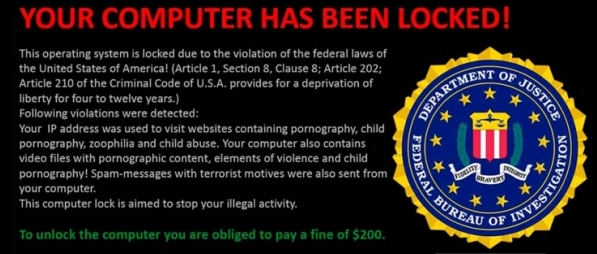
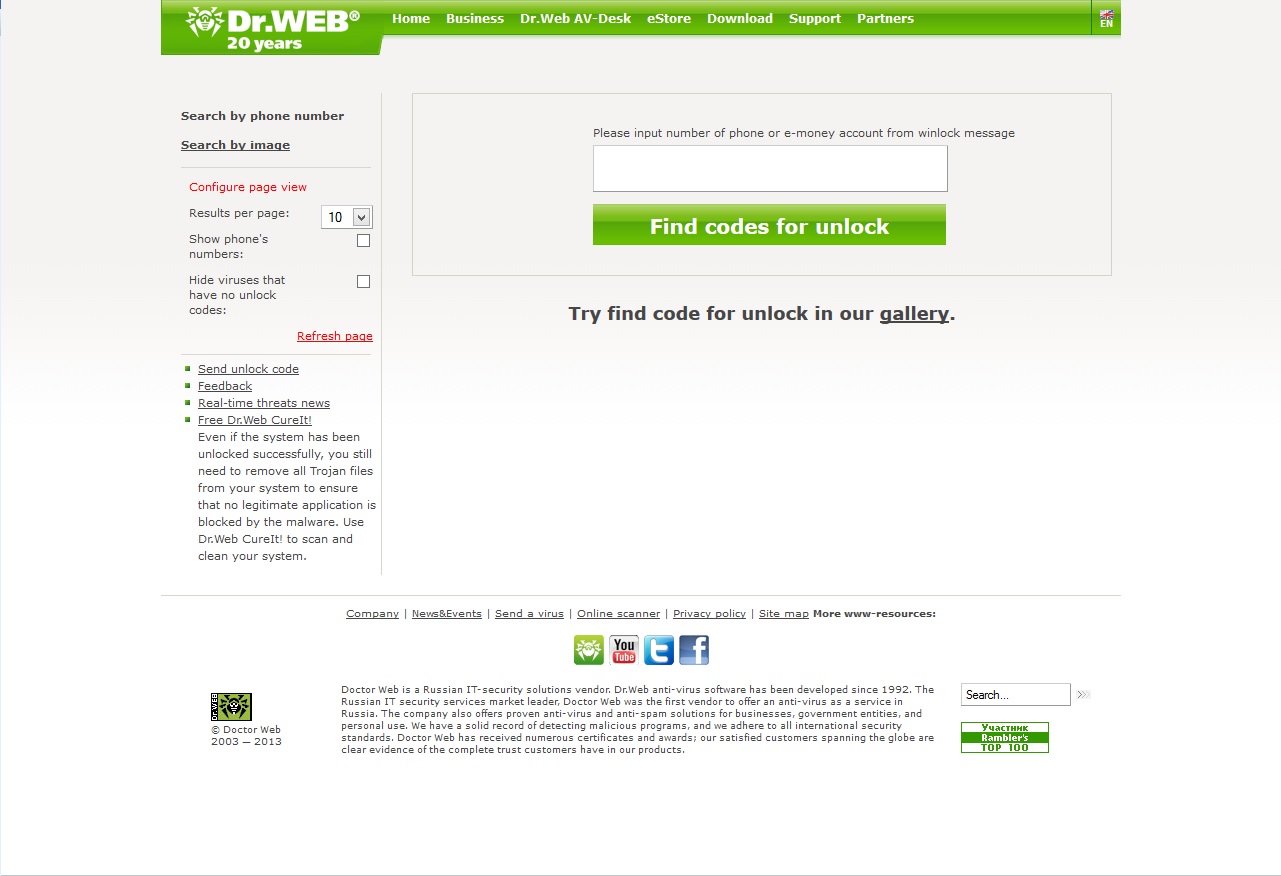
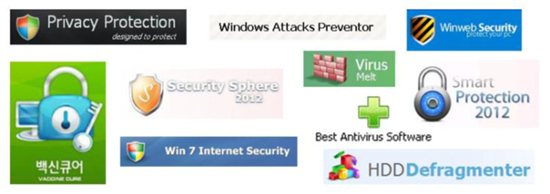

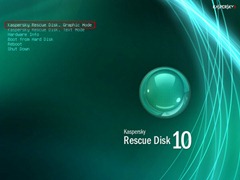
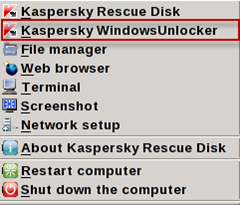

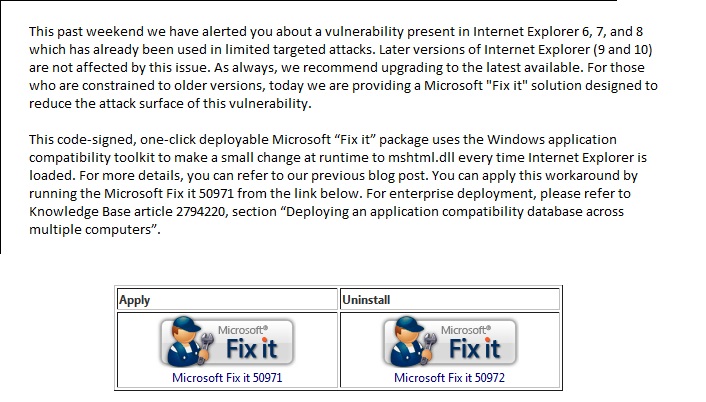

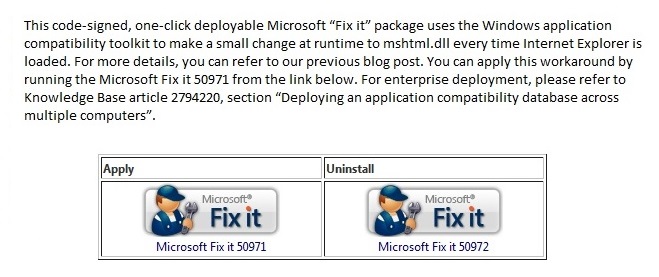
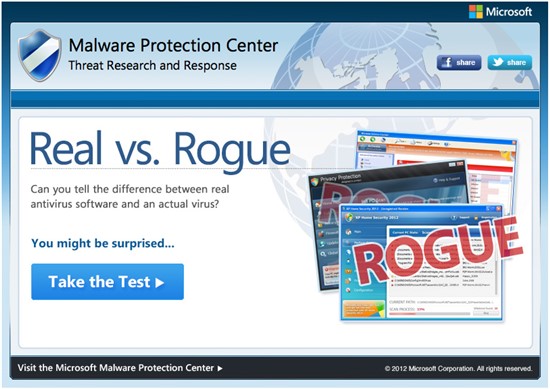
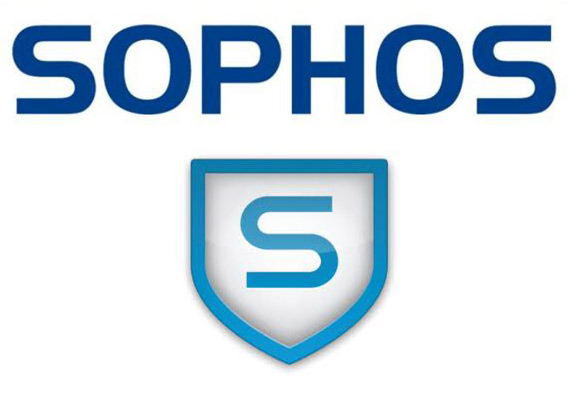
For those of you not familiar with exactly what Ransomware is/does, here’s the current Wikipedia definition: “Ransomware comprises a class of malware which restricts access to the computer system that it infects, and demands a ransom paid to the creator of the malware in order for the restriction to be removed. Some forms of Ransomware encrypt files on the system’s hard drive, while some may… Read more
Internet Explorer 8 Zero-Day Vulnerability
Published January 07, 2013

**ATTENTION**: If you are a current New River Computing client covered under our RMM Service Plan, you need not worry about this vulnerability. We have automatically deployed the fix to your computers. Recently, there has been an Internet Explorer (zero-day) remote code execution vulnerability found being exploited in the wild which affects IE 8, as well as IE 6 & 7. Current exploitation is… Read more
Can you tell the difference between real vs. rogue security software?
Published January 07, 2013


Rogue security software, also known as fake antivirus software or “scareware”, has been one of the most popular methods used by online criminals in recent years to fool computer users into installing malware and/or divulge confidential information. Rogue AV software typically mimics the general look and feel of legitimate security software programs. Once installed on a person’s… Read more
Search Posts
Recent posts
Categories
Archives
- February, 2025 (1)
- December, 2024 (1)
- January, 2024 (1)
- December, 2023 (1)
- November, 2023 (1)
- September, 2023 (1)
- July, 2023 (1)
- May, 2023 (1)
- April, 2023 (1)
- March, 2023 (1)
- January, 2023 (1)
- December, 2022 (1)
- November, 2022 (1)
- February, 2021 (1)
- March, 2018 (1)
- February, 2018 (1)
- October, 2017 (1)
- June, 2017 (1)
- April, 2017 (1)
- April, 2016 (1)
- February, 2016 (1)
- October, 2015 (1)
- July, 2015 (1)
- March, 2015 (2)

